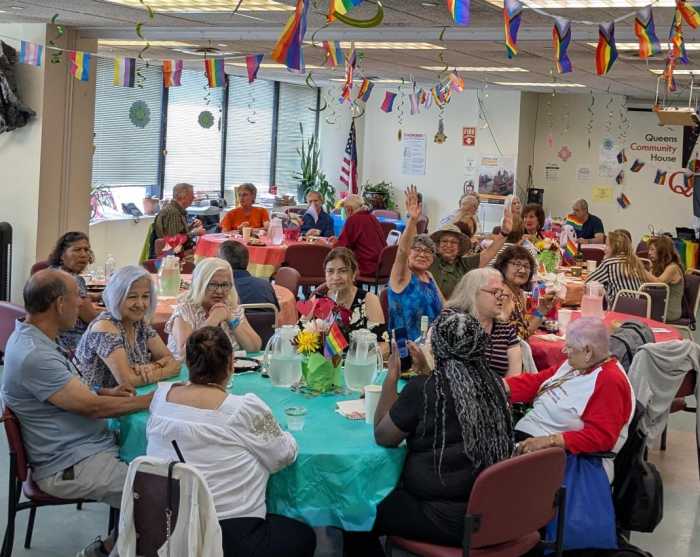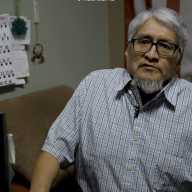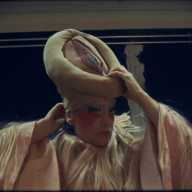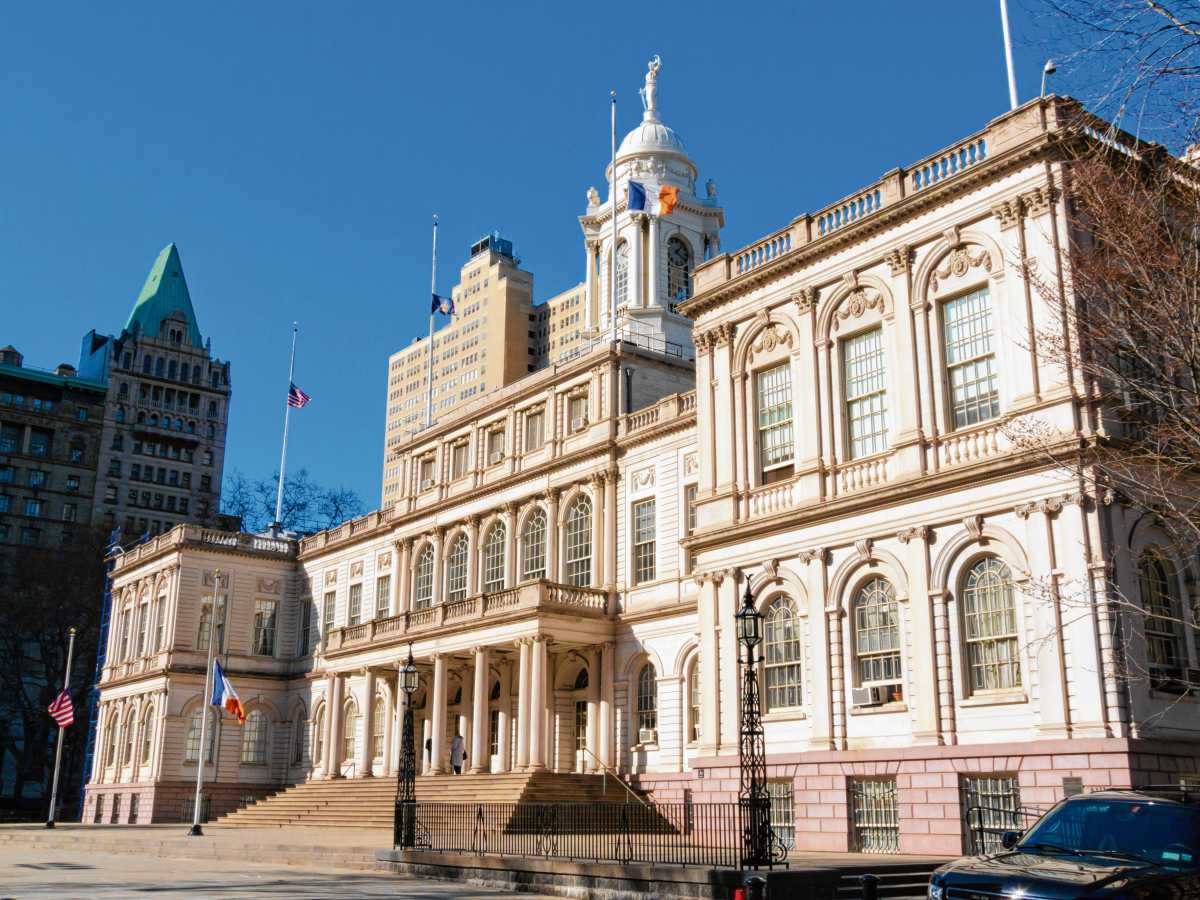Rare photographs lend to Anne Frank’s record, some years before the Amsterdam attic
Though Otto Frank, father of the famous daughter, prided himself as a photographer, the truth—compounded, of course, by the fading and erosion of all these years—is that they are not very clear or sharp or even very interesting, most of these snapshots. They are intensely interesting, however, when one considers their subjects, the people engaged in the banality of anti-evil, so to speak.
Those subjects are daughters Margot Betti Frank, born 1926; Annelies Marie Frank, born June 12, 1929 (yes, only 75 years ago this month), their mother, Edith Hollander Frank; and a scattering of the girls’ friends and older relatives.
Mostly, photo after photo is of Margot, first because she was born before Anne, then perhaps because her father found her more photogenic than her dumpy, toddling kid sister. And then? Let us not even whisper the word favoritism, but Otto is on record as having said he never really knew his younger daughter until he read her writings.
The exhibit, “Anne Frank: A Private Photo Album,” is at the Kraushaar Gallery through July 29 and the family album is the one Miep Gies—who helped hide Anne and her family—found in the residue, a day or so after the Germans came and took everyone out of that attic.
“Most of these photos have never been seen before,” said Kraushaar director Katherine Degn. “They come here from the Anne Frank House in Amsterdam. Miep had kept them in her desk. Otto Frank took a huge number of photographs. These are a few.”
The exhibit—a collaboration with the Anne Frank House in Amsterdam and the Anne Frank Center USA, on Crosby Street in Lower Manhattan—consists of 79 photos.
There is Margot, doing what young girls do for their father’s trusty Leica camera. Drop in at Kraushaar and you will walk painstakingly along one wall and then another wall, looking for Anne, looking for Anne, looking for Anne. When she does appear, she is mostly as a small, indistinctive adjunct to her sister.
The one major exception, and also the best photo in the show—qua photo—is the blow-up at the entrance, as you come off the elevator. It is of Margo and Anne, on a beach somewhere in July 1938, their backs to the camera and to us, in matching plaid halter-neck bathing shorts, mop-headed Margot on the right, a head taller than mop-headed Anne. They are—well, two innocent young girls.
Toward the end of the exhibit there is another photo that strikes home—Anne Frank in 1941, looking out a window overlooking a street in Amsterdam. I assume her father took this picture too, from a parallel window; in any event it is the obverse of those tiny heart-jolting few frames of film that flashed on us a few years ago from Jon Blair’s documentary, “Anne Frank Remembered”—12-year-old Anne sticking her head for an instant out of probably that very same window to smile down at the Amsterdam wedding party whose photographer has idly panned his movie camera up to take in the surroundings.
There are also ten or 12 head shots—school photos—that include only Anne, as a pre-teen, in and out of eyeglasses, in and out of grace or clumsiness, and then as the famous wistful, laughing, windblown icon that became the diarist that the whole world would think of at any thought or mention of the words “in spite of everything…”
But none of that, for me, at the Kraushaar, was the real heart-stopper. Instead, it was one harmless, soft-focus, indeed blurry, photograph on a back wall, of Anne, at what must be age six, sitting in a patch of grass against a woodsy background.
The caption, slightly condensed: “After they moved from Frankfurt to Basle, Otto Frank’s sister and her family spent vacations at Sils-Maria. Anne and Otto visit them in 1935.”
Sils-Maria! A hidden-away resort in that part of Switzerland called the Engadine, nowadays, thanks to airlines and the Internet, not as remote as it once was. I doubt if very many Americans had even heard of it in the 1930s, but my mother, Ilona Lowenthal Tallmer, later Ilona Muller-Munk, had a way of digging out beautiful places that other Americans did not go to, in France, in Yugoslavia, in Nova Scotia, in New Mexico, in Majorca, in Switzerland.
Anne Frank was at Sils-Maria in 1935. Well, I was at Sils-Maria, at more or less her age, on a summer only a few years before that. One of my earliest, softest memories, a Bergman-like “Wild Strawberries” memory, is in fact my suddenly tender, flirtatious mother hunting for edelweiss with me in a grassy clearing in Sils-Maria, as back home one might hunt for four-leaf clovers.
Back home for me, back home for my mother, was the United States of America, and that is where we went at the end of that summer. It was a destination, an option, the girl in the photograph in Sils-Maria would never have.
We also publish:




































